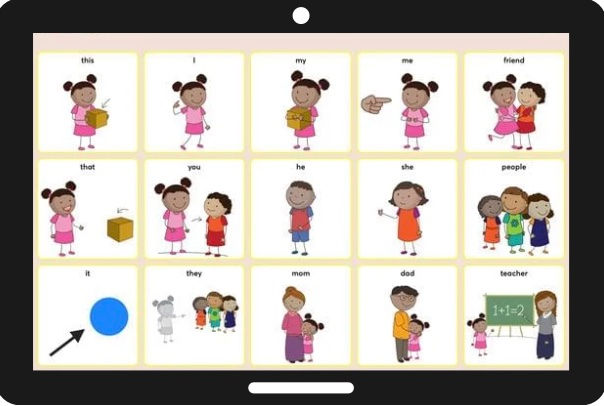The Internet of Things: Bringing the Internet to the Things
- Elyza Polsky

- May 4, 2023
- 2 min read

The Internet of Things (IoT) allows for internet connectivity to be brought to objects and items which otherwise would not be connected. Household items, classroom and school items are being connected to the internet and to one another in ways that previously were unimaginable. Doorbells and fridges are now connected to our smartphones. Pens can “read” documents and transmit the information to an individual’s computer.
The possibilities have become endless. High tech assistive devices are improving at a rapid pace. The Internet of Things has begun to bring together many of the assistive devices which are already being used in classrooms.
An amazing example of how the Internet of Things has brought change to hearing aid technology is with the use of a software platform called IF This Then That (IFTTT). This platform has brought internet connectivity to Oticon’s new Opn hearing aids. This is no way an endorsement of one hearing aid company over another or one pair of hearing aids over another. This is, however, a great example of how technology and connectivity continue to advance. The wireless internet connection in the hearing aids allows them to sync with other internet-enabled devices in the home such as doorbells and even coffee machines. https://ifttt.com/oticon
Some words of caution:
Although the advances and opportunities provide new and exciting ways to connect in the classroom, it is essential for educators to be aware of privacy issues that can arise as a result of the increased access from internet connectivity.
For deaf/hard of hearing students, the increased connectivity in the classroom can also cause issues with their remote microphone systems. Wifi routers have on occasion interfered with certain types of remote systems. Listening to the students and performing listening checks on their devices is so important to ensure there are no issues.



Comments